Why Bewick Succeeded
Why Bewick Succeeded
A Note in the History of Wood Engraving
Book Excerpt
r finest lines were removed the tones would be the darkest. In the finished print the unworked surface printed black while each of the engraved lines showed as white. It was the "white line" that gave wood engraving its special quality. On the smoother end-grain it could be manipulated with extreme fineness, an impossibility with the plank side, which would tear slightly or "feather" when the burin was moved across the grain. Tones and textures approaching the scale of copper plate engraving could be created, except, of course, that the lines were white and the impressions not so brilliant. But since grays were achieved by the visual synthesis of black ink and white paper, it mattered little whether the engraved lines were black or white so long as the desired tones could be produced.
[Illustration: Figure 3.--Late 15th-Century White-Line Engraving "The crowning of the Virgin," in the "dotted manner" executed on metal for relief printing. Parts were hand colored.]
For purposes of realism, this w
Editor's choice
(view all)Popular books in Art, History
Readers reviews
0.0
LoginSign up
Be the first to review this book

 Free Download
Free Download













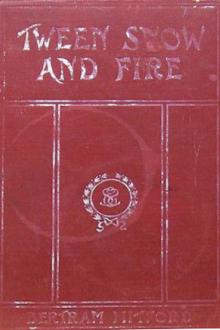

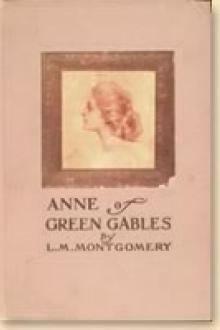
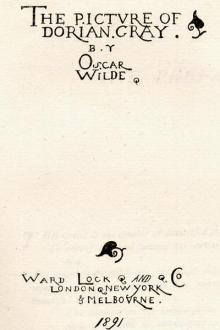



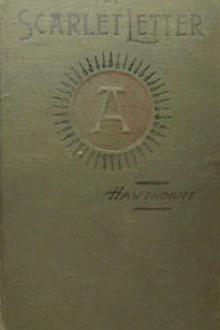
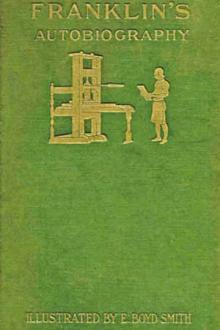


-itok=vcKIB5v1.jpg)